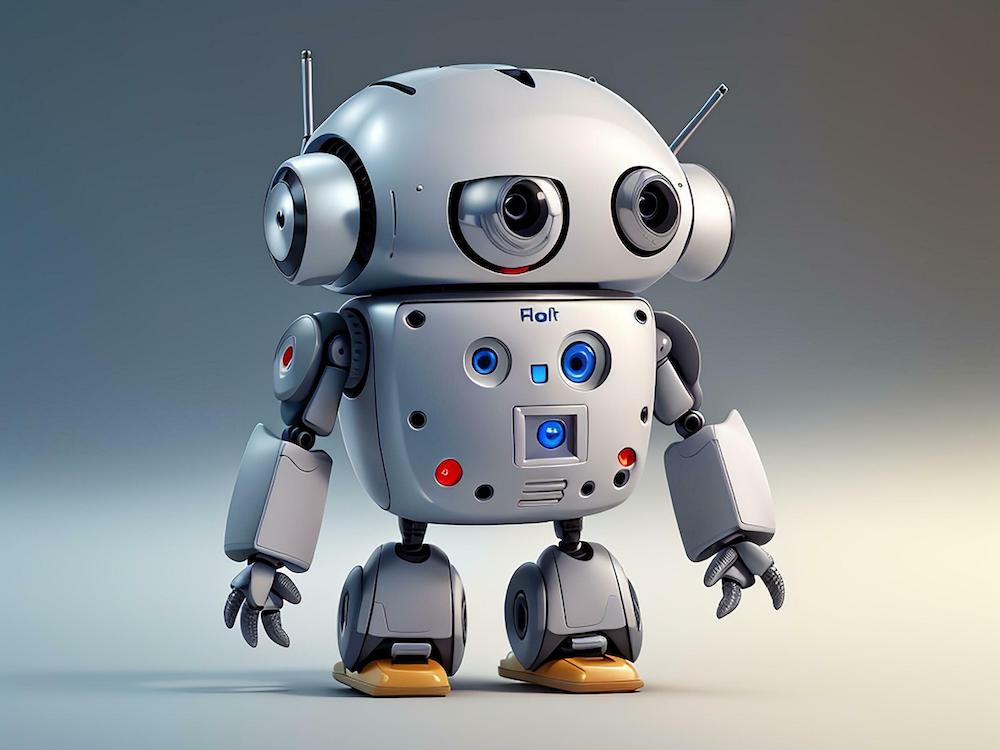Using predictive consumer analytics is now simply a matter of plugin installation. Know what your customers will do before they do it with predictive customer analytics. Use it to refine product pricing, inform marketing campaigns, decrease churn, and increase lifetime value.
While these predictions can’t foretell the future with 100 per cent accuracy, they can reveal trends and patterns that offer you data-backed clues about the best way to accomplish your goals, including conversions for each consumer – not as a digit in a segment.
You can use predictive analytics to understand the behaviour of customers and increase conversions.
How accurate is predictive consumer analytics?
Predictive consumer analytics isn’t foolproof. The algorithms that produce it rely on a large amount of high-quality data to spit out reliable predictions, such as selecting products to include in your email marketing, at precisely the right time, this is called hyper-personalisation software.
Companies with more than 100,000 monthly active users are more likely to enjoy the full benefits of hyper-personalisation solutions, the distinctions between which are considerable, because they have a large enough volume of data to ensure accurate predictions.
Companies used to have to plot out customer interactions for users to trigger throughout their customer journey. These triggers were touchpoints like clicks, signups, video views, or reaching certain milestones. But companies at the pinnacle of the industry appreciate that this has now been surpassed by AI technology, as it can work for individual consumers without needing to trip over a KPI to trigger a response. This is the behavioural data your predictive analytics algorithm will crunch.
It’s helpful to think of predictive customer analytics in terms of trends and playing the odds rather than precise figures and percentages. For example, predictive analytics shows that 45 per cent of download site customers haven’t played a song in their music-streaming app after two days leave. However, that figure jumps to 65 per cent after three days of inactivity.
Rather than worry about the precision of the percentages between days two and three, focus on the overarching trend. An insight into hyper-personalisation tells you it’s essential to perpetually engage customers to ensure you meet their needs. It runs perpetually behind the scenes without the requirement for retracting the data and analysing it can do that.
As well as appreciating and utilising the timing on email communication, it always knows the products with the highest buying propensity, namely that what it offers that individual consumer will always be the one with the higher opportunity for conversion. Not what her best mate will buy.
The relationship between predictive analytics and consumer behaviour
Predictive consumer analytics helps you understand user behaviour and how customers will react to your attempts to nudge them to take specific actions. A predictive analytics tool helps you test different possibilities, so you can make a cost-effective decision with a higher probability of success.
Knowing what product purchase behaviour affects a conversion helps you understand how to maximise the conversion rates. there is no substitute for time, and a hyper-personalisation solution improves over time, and more data is added for each consumer.
You can use customer predictive analytics for:
- Pricing: Autonomous hyper-personalisation solutions select the right-priced products for each consumer too. With a traditional solution, you have to experiment with different prices, and if you discover some people are abandoning their shopping carts at a higher price, you would have to opt to send a follow-up email with a discount offer. It autonomously selects the price pertinent to that shopper. If it becomes aware of adjustments, i.e. through price point items being purchased which is an anomaly to previous purchase behaviour it automatically adjusts in a nano-second.
- Cross-sell and upsell: Increasing customer lifetime value (CLV) through cross-selling and upselling is easier with predictive consumer analytics. Based on historical data, the algorithm may alert you that fashionistas who buy new season brands stay up to date with their look but also like to buy sale items. Hyper-personalisation software uses this opportunity to select from alternate ends of the spectrum, which isn’t otherwise spotted, except by a machine learning algorithm.
- Marketing campaigns: hyper-personalisation solutions complement all other marketing solutions and strategies. it remains consumer-centric picking the low-hanging fruit of the individuality of each respective consumer, while other marketing elements use other sensory devices to win their attention. It adds to the data already known about each respective individual.
Research companies including McKinsey, Bain, Forrester and Statista all agree that the ROI of it is 20 times that of traditional email marketing, omnichannel marketing and online personalisation software combined.
Reducing customer churn with predictive analytics
It doesn’t matter how good your acquisition engine is; if you can’t retain existing customers, it’s hard to grow your business.
Predictive consumer analytics helps businesses identify customers at high risk of churning. To identify customer attrition before it happens, look at the traits of customers who have churned in the past. You can also look at a customer’s lifecycle for clues about who will likely churn.
You might find indicators based on how long the person was a customer, how long it was since they last interacted with your product before churning, and what features they did—or didn’t—use before they said goodbye.
Then you can test different messaging and incentives to learn what’s most likely to retain those customers in the future.
Hyper-personalisation solutions apply those lessons to current customers who show similar signs of churning. By intervening early, with a better chance of product selection thereby regaining trust and customer loyalty.
A 2019 Harvard Business Review survey showed that 77% of executives thought implementing big data was a chore. But it’s not the technology they were wary of—93% thought adapting their people and processes would be the real obstacle. The success subsequently illustrated has left many playing catch-up.





